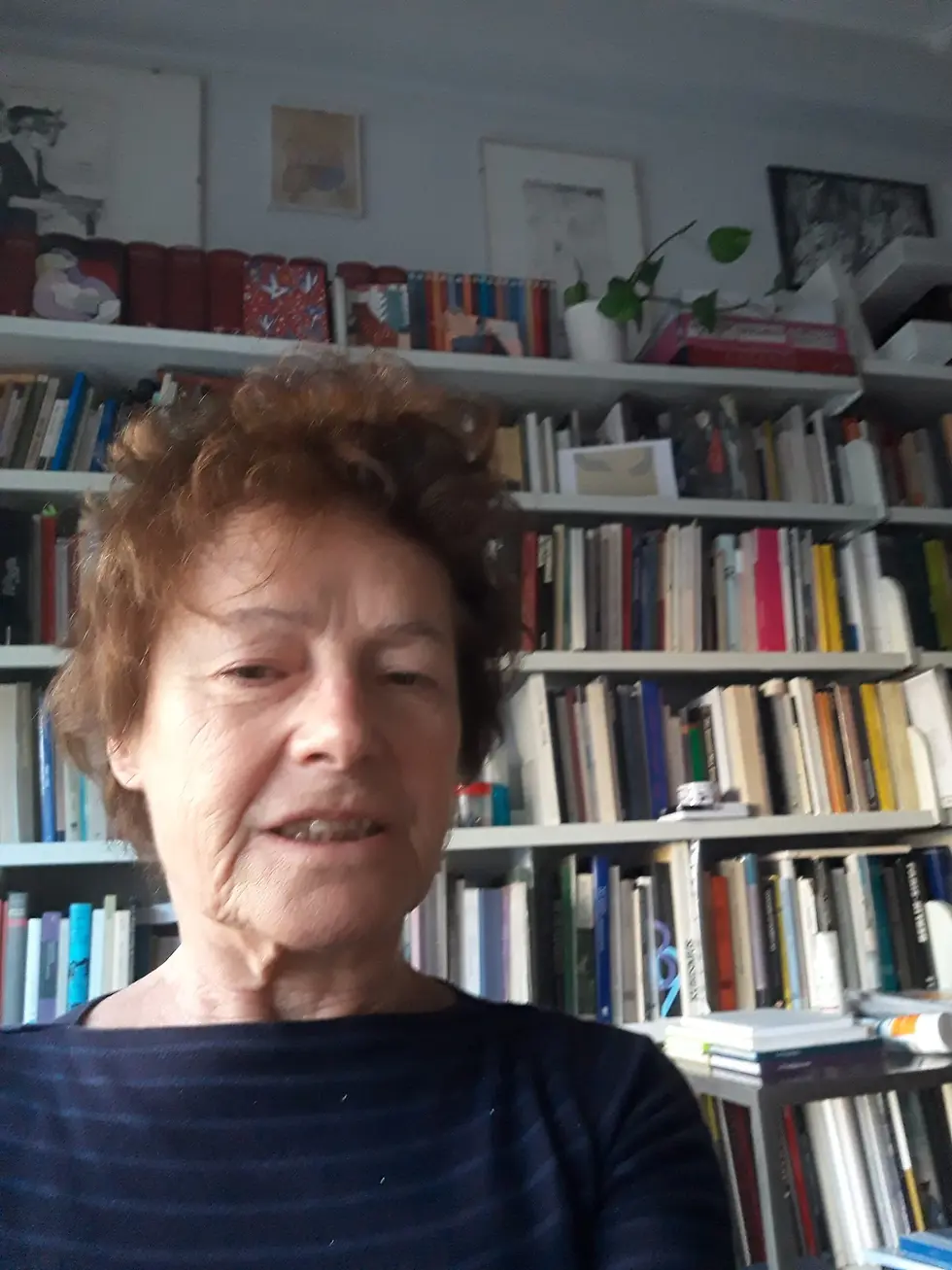Add paragraph text. Click “Edit Text” to update the font, size and more. To change and reuse text themes, go to Site Styles.

Add paragraph text. Click “Edit Text” to update the font, size and more. To change and reuse text themes, go to Site Styles.
Add paragraph text. Click “Edit Text” to update the font, size and more. To change and reuse text themes, go to Site Styles.
Add paragraph text. Click “Edit Text” to update the font, size and more. To change and reuse text themes, go to Site Styles.
Futuro Antico. Interview with Maria Grazia Messina
4 lug 2023
Ludovico Pratesi
She fears the homogenization brought by the digital world and warns young people about the dangers of excessive specialization in an increasingly unsettling future. This is the vision of the future from the art historian.

What are your inspirational references in art?
I have worked with the same level of involvement on Piranesi or Gauguin, Picasso or Boetti, on the architecture of the Vienna Secession as on the project of the PNF headquarters on the Velia Hill in Rome by Luigi Moretti. Wherever the artifact and the image it conveys take shape as the unique manifestation of a way of being in the world, of experiencing it, in relation to a given environmental condition and social context.
What is the project that represents you the most? Can you tell us about its genesis?
A deep fascination with anthropological disciplines led me to focus on the study of the perspective that artists from the historical avant-garde movements had on extra-European arts, particularly those of Africa and Oceania. Between 1890 and 1910, a dizzying short circuit was triggered by the assumption that it was possible to recover an archetypal past through the future of linguistic research, now detached from mimesis and becoming self-referential. When I started to become interested in these themes, in the 1980s, the literature and accounts of recent colonial liberation wars weighed heavily.

What importance does the Genius Loci hold for you within your work?
My Genius Loci is that of my discipline, art history, as it has been practiced since the 1970s, the New Art History of Michael Baxandall, Timothy J. Clark, up to Yves A. Bois and Georges Didi Hubermann. That multidisciplinary approach, which another master, Hans Belting, has defined as the “death of art history,” has a long trajectory from Vasari to Longhi. It is there that I find the roots in which I would like to recognize myself, where I feel at ease.
How important is the past for imagining and building the future? Do you believe the future can have an ancient heart?
We are made of the past; it’s an obvious truth that should not be experienced with the burden of history lamented and denounced, for legitimate reasons, by Nietzsche at the time. Rather, it is the richness of everything that has been experienced, suffered, thought, or imagined that constitutes our genetic heritage as humans, in a broad sense. This wealth, indeed, can only serve as a propellant for engaging with the world with clarity, a heightened awareness, and acting accordingly.

What advice would you give to a young person wanting to follow your path?
Be passionate about your work topics, but avoid the ghetto of specialization that the vast amount of available information can lead to today. Equip yourself with vigilant criticism, think big, and dare to make broad research hypotheses.
In an era defined by post-truth, does the concept of the sacred still hold importance and power?
The very act of living, without being able to presume why, has an intrinsic sacredness. The sacred is inherently part of our being.
How do you envision the future? Can you give us three ideas that you think will guide the coming years?
This is the hardest question. In light of all the previous reflections, the future scares me, or perhaps, given my age, it appears to me as an inhibited dimension. By necessity, I feel alien to the now evident anthropological change connected to the network of digital prostheses in which we live, which implies increasingly mediated, 'screened' experiences that are consequently homogenized rather than acted upon personally.